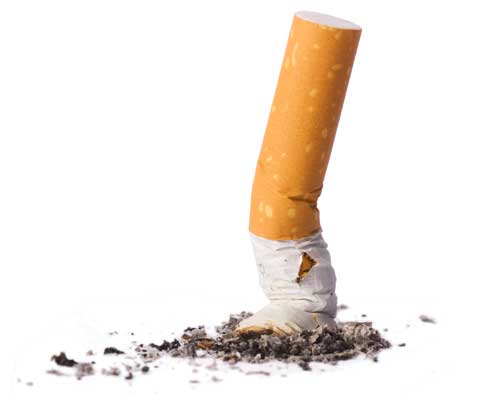Addictions and compulsive disorders are linked with a disruption in the release of neurotransmitters in the brain. This disruption has been linked with all addictions and compulsive disorders, and includes a wide variety of conditions including ADHD, PTSD, and eating disorders. Neurotransmitters are chemicals that carry and regulate signals between cells of the nervous system and other cells in the body. Dopamine is the neurotransmitter that controls the brain’s reward and pleasure centers, it motivates us, and regulates our movement and emotional responses. When dopamine is released, it acts on specific receptors in the brain and we interpret it as a “reward”.
In order for dopamine to be released at the reward site, a cascade of other neurotransmitters begins in the hypothalamus, which create a domino effect. Serotonin is released, which then stimulates enkephalin, which inhibits GABA, and regulates the amount of dopamine released at the receptor site. This organization is called the “Brain Reward Cascade” and maintains our overall sense of well-being and natural drives.
A genetic defect of one of the five dopamine receptors has been linked with substance abuse and compulsive behaviors. When the receptors do not receive enough dopamine, the individual requires more dopamine to feel good. This is known as Reward Deficiency Syndrome (RDS), and can lead to addictions and compulsive behavior involving alcohol, work, drugs, food, sex and risk-seeking behavior, such as gambling. Alcohol, nicotine, cocaine, marijuana, risk-seeking, and even sugar and carbohydrates cause activation and release of dopamine by the neurons.
The dopamine reward cascade can be disrupted due to genetic factors, or may become derailed simply by environmental stimuli. For example, a cigarette smoker may not have had a genetic predisposition for addiction, but after long-term smoking, the cigarette becomes a reward and the receptors are flooded with dopamine regularly. The neurotransmitter cascade becomes irregular and the individual maintains the reward schedule to maintain dopamine levels or they begin to feel moody and anxious.
The same dopamine receptor defect has been implicated in anorexia, bulimia, ADD, ADHD, Tourette’s syndrome, Asberger’s, most learning disabilities, some autism, and most dyslexia. Researchers have mapped the brain before and immediately following chiropractic treatment (using a low-force high-speed adjusting instrument) with brain electrical activity maps, p300 wave testing, and EEG to show restoration of an abnormal brain reward cascade to normal.
The proposed mechanism by which chiropractic adjustments may stimulate and restore the dopamine cascade is through neurons of the spinal cord that project directly to areas in the limbic system of the brain, the area concerned with instinctual drives and and basic emotions. It is thought that these pathways enable sensory information from the body, including pain, to effect autonomic, endocrine, and behavioral functions.
A randomized, placebo-controlled single-blind study utilizing subluxation-based chiropractic care was implemented with 98 patients from a residential treatment facility for drug addiction. One group received adjustments, one received placebo adjustments, and the other followed the general policies of the residential program. All of the chiropractic group completed the 28 day program, while only 75% of the placebo group and 56% of the usual care group did. After four weeks of treatment, the usual care group and the placebo group tested more likely to relapse, and the group receiving chiropractic care had a significant decrease in anxiety levels the other groups did not. Also, among the chiropractic group, only 9% made one or more visits to the nurse, while 56% of the placebo group and 48% of the usual care group spent time in the nurse’s office.
Chiropractic is not a treatment for addictions and successful recovery requires an addictions councilor, but it should be considered as an adjunct to every cessation program. Chiropractic adjustments are performed to allow the nervous system to express proper function. For an individual with RDS, this may increase their ability to cope with stress and decrease cravings, depression, and anxiety. In addition to chiropractic adjustments, holistic treatment protocols for Reward Deficiency Syndrome should include supplementation, auriculotherapy, proper nutrition and exercise.
Resources:
Molecular Psychiatry: Increasing retention rates among the chemically dependent in residential treatment: auriculotherapy and subluxation-based chiropractic care
Click to access Molecular-Psychiatry-TRT-Research.pdf
The American Chiropractor: Addiction: A Unique Chiropractor’s Pursuit of the Source
Click to access American-Chiropractor-Holder.PDF
The Handbook of Abusable Drugs: “The Reward Deficiency Syndrome”:
Click to access Handbook-Abusable-Drugs.pdf
Breakthrough Brain Research Links Chiropractic Treatment to Addictive Behaviors


